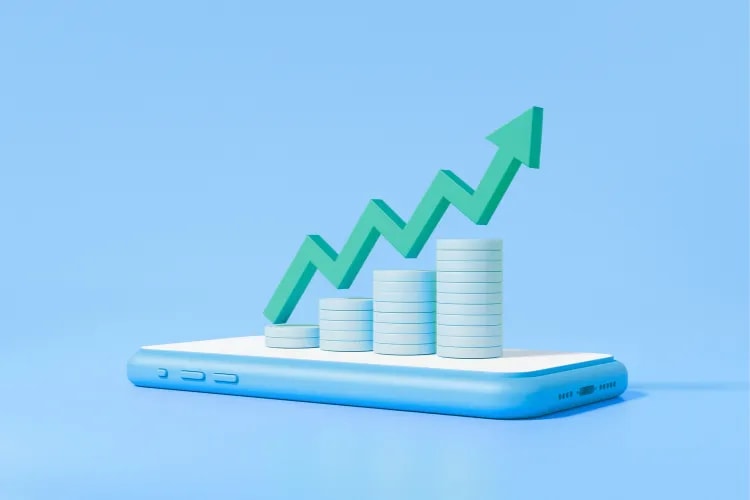
Ticket revenue is the engine of most events. The good news? Demand is strong. Live, in‑person formats are still where people spend, and social discovery keeps feeding new audiences into the funnel. The challenge is turning that attention into paid attendance—consistently, predictably, and profitably.
Live, non‑digital categories (like music, cinema, and events) accounted for the majority of consumer spend in 2024—proof that demand is there if you execute the fundamentals. (PwC Global Entertainment & Media Outlook)
In this guide, we’ll show you exactly how to sell more tickets for an event with seven proven strategies—complete with examples, tips, and the latest research-backed best practices.
Every high-performing ticket campaign starts with clarity about who you’re trying to reach. Audience definition determines where you promote, the offers you present, and the language, visuals, and proof points that will resonate. Personalization can lift revenue by double digits, and attendees are more likely to engage when messages map to their motivations and constraints.
Segment your audience by:
Demographics: age, location, profession, student status, family stage.
Interests and intent: genres, speakers, themes, past sessions clicked/viewed.
Behavior: past attendance, purchase value, days-to-register, device used.
Barriers: price sensitivity, travel distance, schedule conflicts, accessibility needs.
Example tailoring:
Local fans: “Skip the weekend drive—Saturday-only passes now available. Free parking after 5 PM.”
First-timers: “See what the buzz is about—watch 60 seconds of last year’s highlights and get 10% off your first ticket.”
The Loopyah Content Team shares expert insights, practical guides, and industry updates to help event organizers create unforgettable experiences and stay ahead in the event planning world.
selling
High-intent alumni: “Welcome back! Lock your VIP add-on by Friday and meet the headliner at soundcheck.”
If your landing page and checkout wobble, your ad dollars go up in smoke. Across e‑commerce, nearly 70% of carts are abandoned—and almost one in five due to long or complicated checkout flows. Trim the friction and you unlock instant gains.
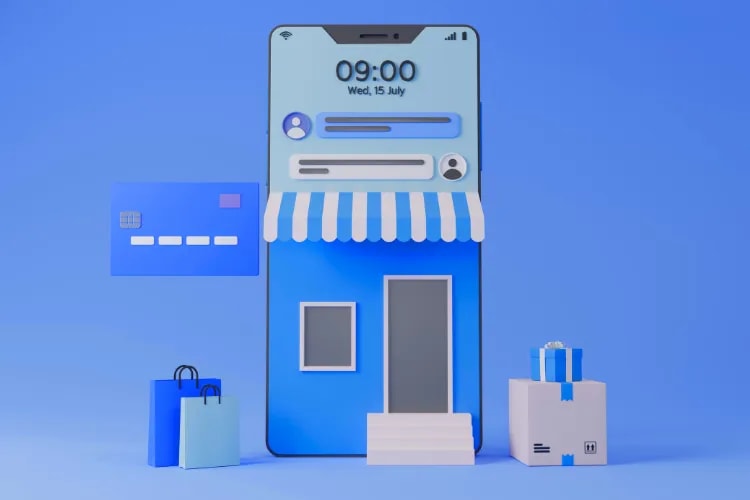
Key elements of a high-converting event page:
Clarity up top: date, time, venue, headliners/speakers, and a crisp value proposition above the fold.
Compelling visuals: high-quality photos, a 30–60s sizzle reel, and authentic attendee shots (not just stock).
Mobile-first UX: fast load, large tap targets, persistent “Buy Tickets” CTA. Aim for sub‑2s page load on 4G.
Simple paths: short forms, guest checkout, autofill, and clear error states.
Flexible payments: popular wallets, cards, and buy-now-pay-later where appropriate.
According to Baymard Institute, reducing form fields and enabling guest checkout can recover a sizable chunk of lost conversions. See the research for the most common checkout pitfalls to fix next.
Choosing the right platform also matters. Look for fast performance, seat maps, mobile ticketing, reliable payments, and integrated promotion tools. If you’re evaluating options, explore how Loopyah’s event software can streamline setup, merchandising, and checkout. See event software features.
Audiences spend hours daily on social platforms, and short-form video dominates discovery. To sell more tickets for an event, meet people where they scroll—and package your story in native, snackable formats.
Make your social plan a blend of content, community, and conversion:
Behind-the-scenes: load-in timelapses, soundchecks, stage builds, menu tastings, swag unboxings.
Spotlights that sell: 15–30s clips of headliners and speakers. Put event name, city, and date on-screen for recall.
Interactive posts: polls for setlists or session topics, quizzes, and AMAs to boost engagement and reach.
UGC and giveaways: incentivize fans to post; require follows and tags; award pairs of tickets for shareable moments.
Targeted ads: use lookalikes from past buyers, retarget video viewers and site visitors, and highlight urgency when tiers are nearly sold out.
Looking for more campaign ideas you can deploy this quarter? Explore our round-up of creative promotion tactics for social, content, and partnerships. Get 11 creative event promotion ideas.
Mon: 20s hype reel + link in bio
Tue: Speaker/artist quote card with CTA in caption
Wed: Poll (setlist/session topic) + Stories countdown sticker
Thu: Behind-the-scenes reel (load-in, rehearsal)
Fri: Early-bird reminder creative (limited quantity)
Week 2—repeat cadence with a giveaway on Wed and a price-rise alert on Sun
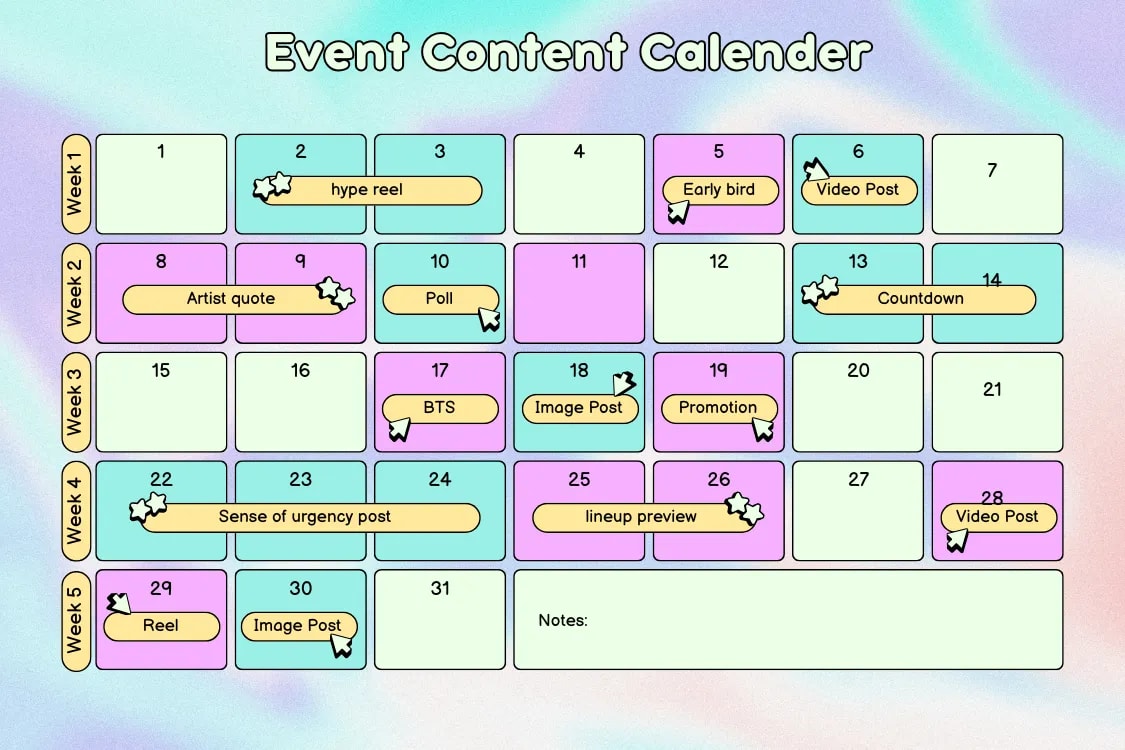
Email remains one of the highest-ROI channels to sell tickets, especially for early-bird and last-chance pushes. Use it to nurture interest, deliver timely offers, and bring warm prospects back to checkout.
Build and segment your list by:
Value exchanges: presale access, first-purchase discounts, VIP giveaways, and exclusive content.
Preference center: let subscribers choose frequency and topics to reduce unsubscribes and protect deliverability.
Behavioral signals: opens/clicks, page views, cart abandonment, and past attendance.
Campaign tips that convert:
Subject lines that earn the open: pair a concrete benefit with urgency. Example: “Meet the headliners + save 15% (ends Sunday)”
One clear CTA: avoid multiple competing buttons. Reinforce the CTA near the top and bottom.
Lifecycle automation: welcome series, interest-nurture, price-rise alerts, and abandoned-cart nudges (with a small incentive if needed).
Want to send beautiful, segmented emails without the busywork? Learn how Loopyah helps you message ticket buyers and registrants with built-in tools. Email your event attendees.
Time-bound offers work when they’re credible and valuable. Many attendees now commit closer to the event, so use early-bird windows to pull demand forward and pair them with compelling add-ons as your program firms up.
Incentive ideas to test:
Tiered early-bird pricing with limited quantities per tier (not just a date deadline).
VIP upgrades: reserved seating, express entry, lounge access, or a meet-and-greet.
Bundles: ticket + workshop, ticket + merch, or group/family packs.
Presale for subscribers or past attendees—make them feel first-in-line.
Example: A regional food festival sold 36% of capacity in a 7-day early-bird window by releasing 500 discounted tickets, spotlighting chef reveals each day, and bundling a “Tasting Flight” add-on available only during the early window.
Social influence plays a powerful role in event decision-making—especially among younger audiences. One of the most effective ways to harness this is by encouraging peer-to-peer sharing through personalized promo codes.
Our 2025 Event Attendee Insights Report found that 55% of attendees consider friend participation as moderately or very important when deciding whether to attend an event. In other words, if their friends are going, they’re far more likely to go too.
Capitalize on this insight with a simple but high-impact tactic: give attendees a unique promo code they can share with friends. Offer an incentive for both parties—like a small discount, a free drink voucher, or exclusive early access—when a code is used.
Examples:
“Refer a friend with your unique code and both of you get 10% off.”
“Bring your crew—share your code, and when two friends buy, you get a VIP upgrade.”
“Your personalized link earns you rewards every time someone books through it.”
These codes create a win-win: your current buyers feel rewarded, and your reach extends through trusted social networks. Even better, the data trail gives you clear attribution to optimize future campaigns.
Creators and community partners can put your event in front of highly targeted audiences with built-in trust. Micro-influencers (sub‑100k) often outperform for local and niche events due to their relevance and engaged followings.
How to do it well:
Match creator to niche: city-specific foodies, genre-specific music channels, or profession-specific B2B voices.
Brief for recall: require event name, city, date, and on-screen CTA. Provide unique codes/links for tracking.
Launch an affiliate program: tier commissions (e.g., 10% base, +5% after 50 sales) and share live dashboards to keep partners motivated.
Case snapshot: A city marathon recruited 25 local fitness creators with unique codes. Their short-form training tips and course previews drove 18% of total registrations—at a lower CPA than platform ads.
What gets measured gets improved. Build a simple measurement stack so you can see which channels, creatives, and offers actually sell tickets—and reallocate budget quickly.
Key metrics to track:
Website: sessions, landing-page conversion, add-to-cart rate, checkout completion rate.
Revenue: tickets sold by type/tier, AOV, add-on attach rate, refunds/chargebacks.
Social: reach, engaged views, click-through, cost per purchase (for paid).
Email: open rate, click rate, revenue per send, unsubscribes by campaign.
Run A/B tests on headlines, hero imagery, pricing bundles, and CTA copy. Use UTMs + your ticketing/CRM to attribute sales, and build a simple weekly dashboard that flags what’s gaining or fading so you can shift spend, creative, or offers in real time.
Recent studies show that over 40% of conference-goers register within the final month before an event—many even on the day itself. This last-minute behavior creates real challenges for planning and forecasting. One of the most effective—and ethical—ways to guide earlier commitment is by introducing clear, time-based incentives.
When urgency is rooted in transparency and real value (like limited pricing tiers or early-access perks), it helps potential attendees make timely decisions without pressure or gimmicks. You're not forcing a sale—you're offering a reason to act now rather than later.
Consider strategies like:
Tiered pricing with published timelines
Limited-quantity offers that reflect actual inventory
Genuine cut-off dates for bonuses or upgrades
These approaches aren’t about tricking people—they’re about aligning sales patterns with operational realities while respecting your audience’s decision-making process.
If you want to sell more tickets for an event, focus on the fundamentals that compound: define and segment your audience, build a fast and friendly website/checkout, meet fans with social content that feels native, make email your conversion workhorse, use credible early-bird incentives, tap creators and affiliates for trusted reach, and keep optimizing with clear metrics.
With demand for live experiences strong and attention abundant on social, the organizers who execute these seven strategies—consistently—win outsized share. Start with one or two improvements this week, measure the impact, and keep iterating.
Ready to turn interest into paid attendance with less friction?
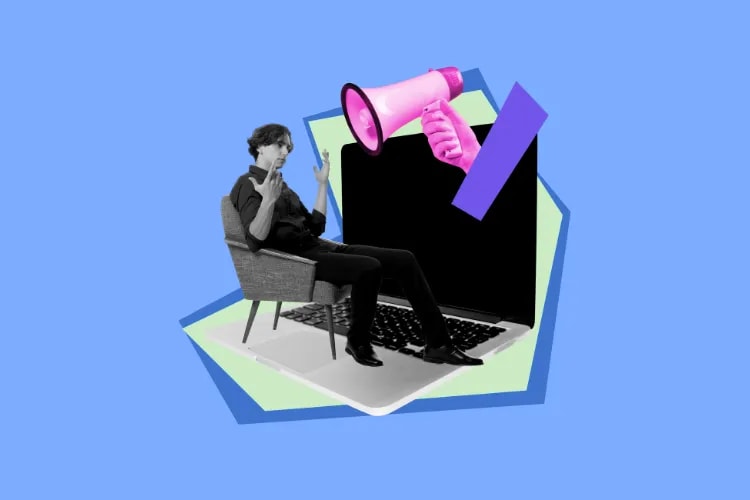
marketing
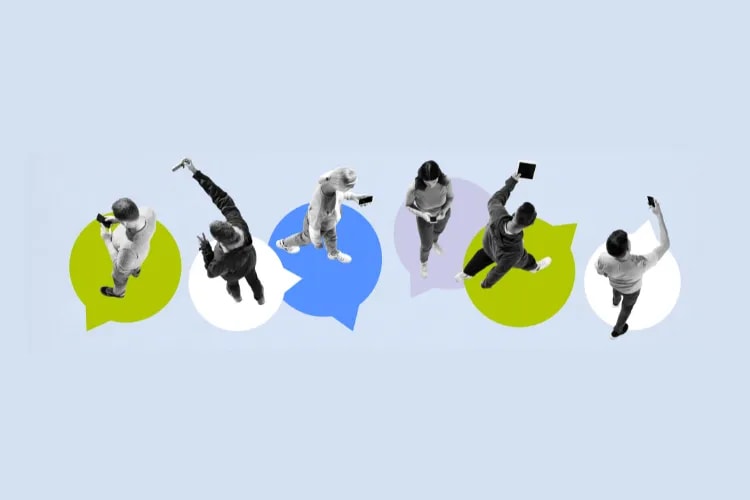
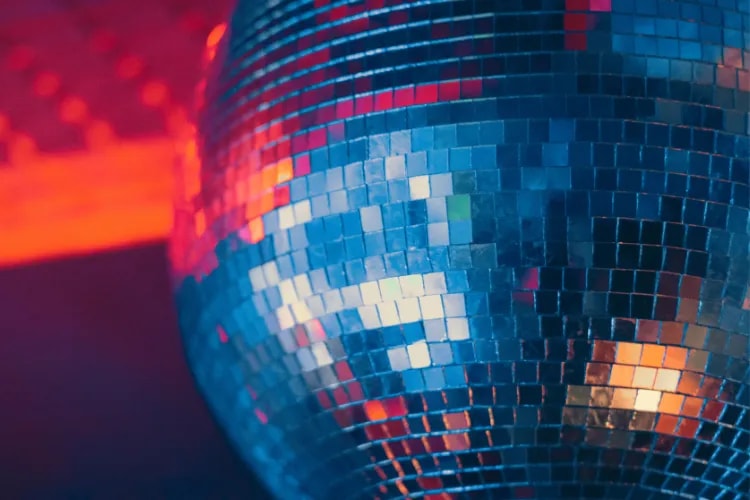
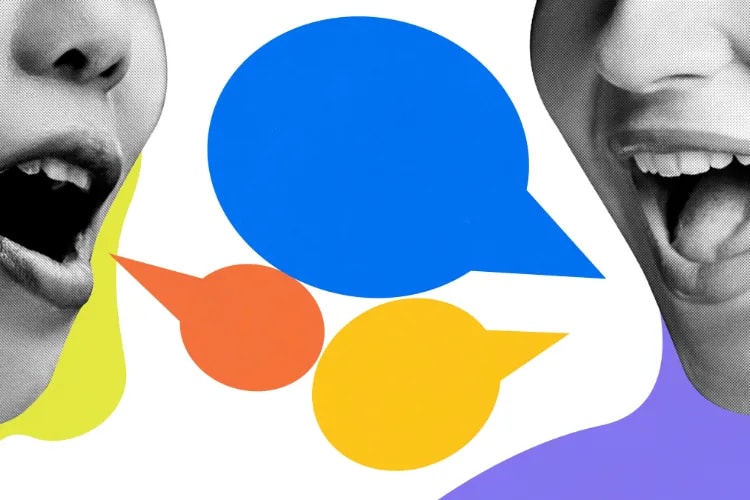
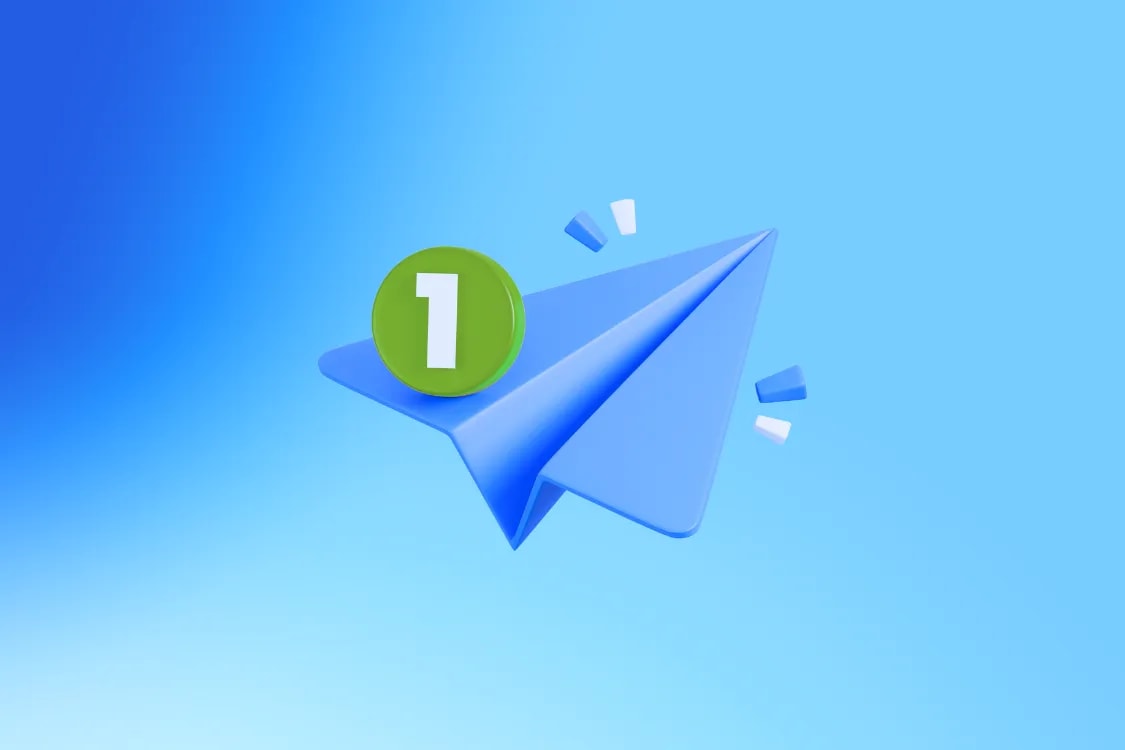
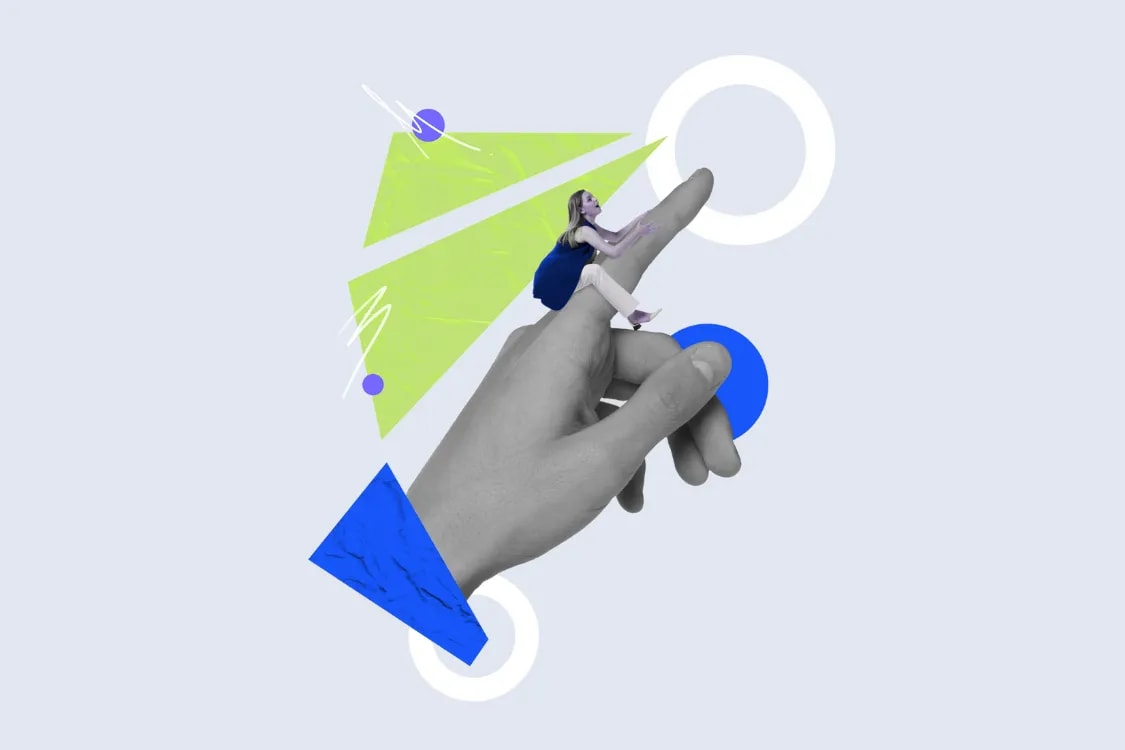
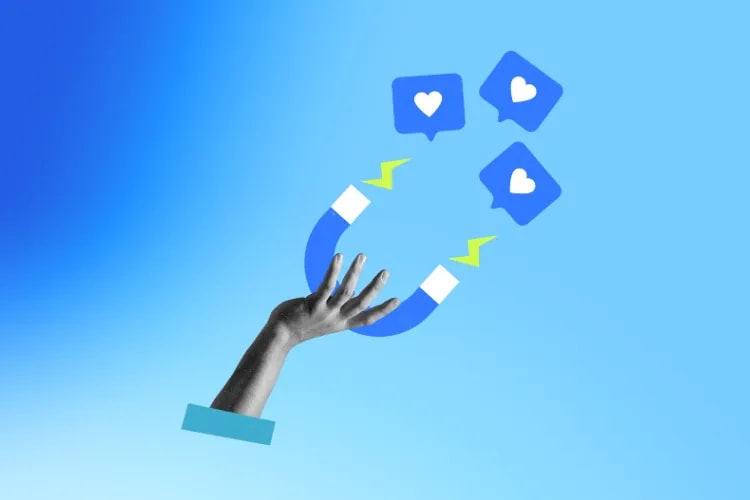

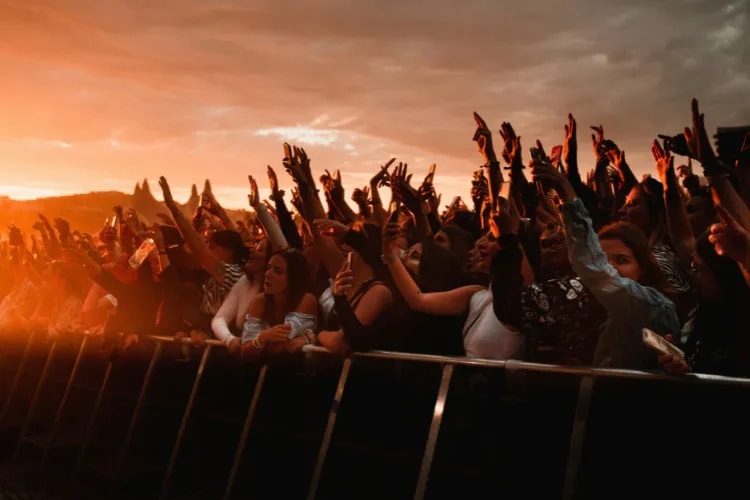

marketing
marketing
marketing
marketing
marketing
selling
marketing
growth
marketing